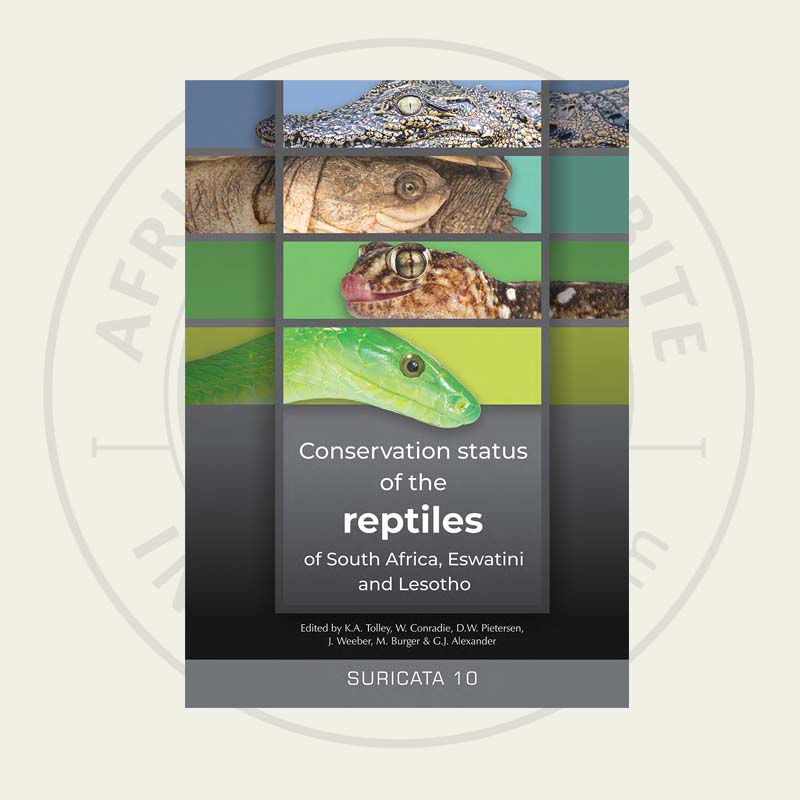The first Reptile Atlas, a comprehensive conservation assessment of over 400 reptiles in South Africa, Lesotho and Eswatini, was published back in 2014. Its ten years later and a revised and updated Reptile Atlas is long overdue. Leer más.







The first Reptile Atlas, a comprehensive conservation assessment of over 400 reptiles in South Africa, Lesotho and Eswatini, was published back in 2014. Its ten years later and a revised and updated Reptile Atlas is long overdue. Leer más.

Such an integrated approach could be fruitful to understanding the ecology of underground environments, and better comprehending the evolutionary and biological processes affecting subterranean animals. Olm occurrence in springs highlights the importance of more studies on groundwaters and their borders, and suggests that we should approach cave biology processes with more flexibility. Leer más.

Conservation planning in freshwaters should consider the dynamic effects of climate change and the ability of species to cope with it. In this study, we developed a framework for incorporating climate-driven dispersal barriers into conservation planning taking into account the medium and long-term impacts of climate change and species with obligatory interactions. Leer más.

We estimate terrestrial habitat suitability for eleven amphibian species using a multi-scale species distribution modelling approach. Using the suitability maps as the basis for estimating landscape resistance, we then calculate potential dispersal corridors between known breeding sites for each species. Leer más.
We present a taxonomic review and systematic revision of the Eyelash Palmitviper Bothriechis schlegelii (Berthold, 1846) based on examination of 400 museum specimens, a phylogeographic analysis of 818 locality records, and 80 individuals sampled for molecular characters. Leer más.
